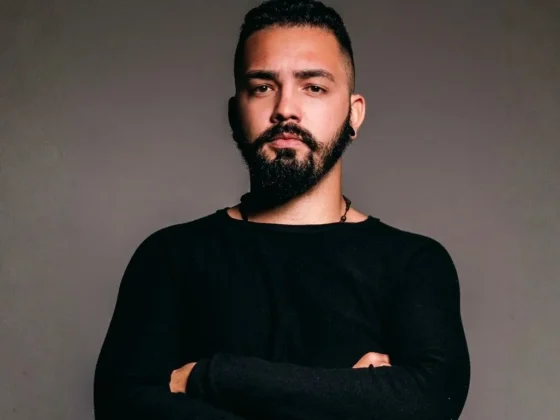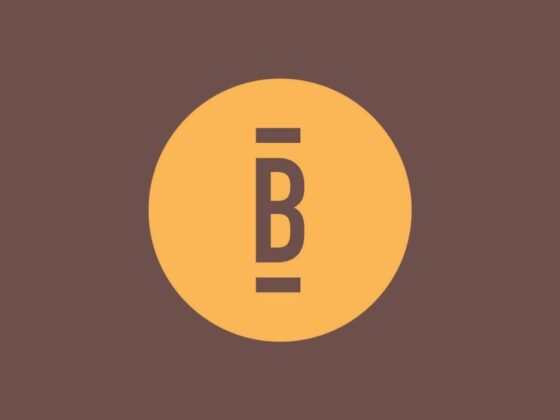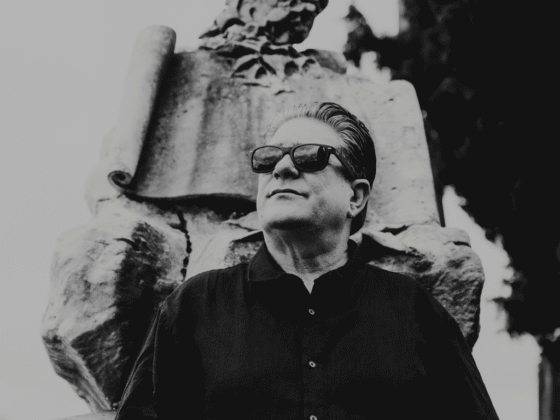Henry Saiz sat down with Metrica to discuss the lineage of progressive house and the importance of Balance Croatia to the scene…
Progressive house has been part of electronic music for longer than most genres manage to survive. Its roots were formed by a generation of artists who shaped the sound with precision and patience. Sasha, John Digweed, Nick Warren and many others laid the groundwork for what became one of dance music’s most enduring lineages. Their long-form storytelling still defines the style today.

What feels different now is the scale of the talent pool. The scene is in the middle of a quiet expansion. New producers are arriving with sharper tools, deeper musical references and a willingness to experiment. The pillars of the sound are still here, but they now stand alongside a generation raised on their mixes, their club nights, and the architecture they designed.
This is where the value of legacy becomes clear. Those artists who helped shape the genre’s early years have become reference points for the next wave. Their presence offers continuity, a reminder that the story of progressive house is long, branching, and still evolving.
In a recent conversation with Metrica, Henry Saiz, Mariano Mellino and Simon Vuarambon traced that lineage and how that affect today. Their discussion circled around influence, tradition and the new energy coming through the scene. They also highlighted the importance of meeting grounds where generations can cross paths.

Balance Croatia has become one of those spaces. It brings together artists from across the spectrum, placing classic names beside rising producers who are helping define where the sound goes next. As Saiz put it, festivals like Balance Croatia show that the genre’s future is not locked in nostalgia. It lives in the exchange between the artists who built the foundation and those carrying it forward.
“It’s not just about the classics,” he said. “It’s also about the people who are coming up.”
Progressive house has always been about movement. Right now, that movement feels unusually alive.
Watch full interview below:
View this post on Instagram











